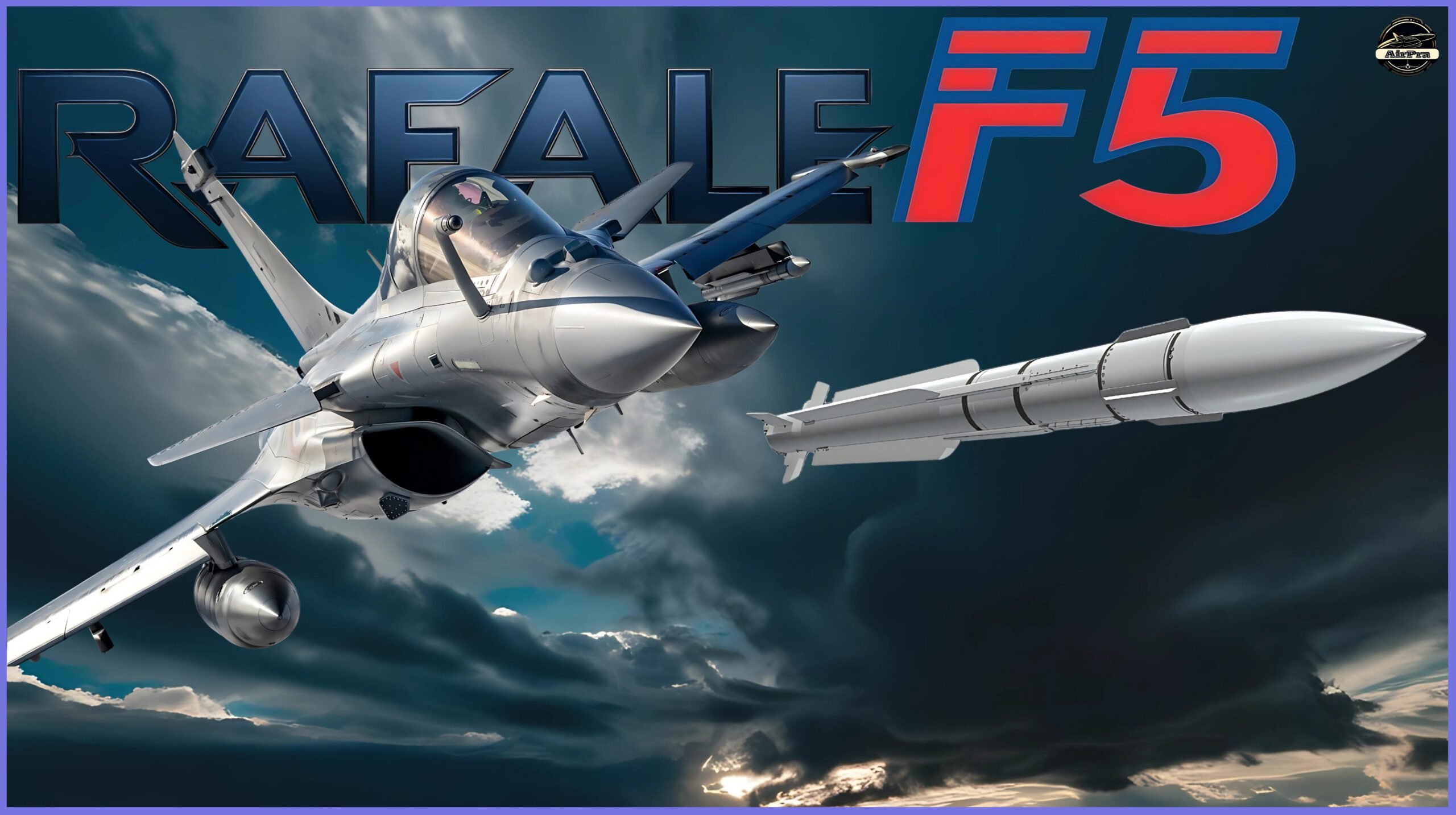The Dassault Rafale has long stood as a symbol of French aerospace excellence, combining versatility, agility, and cutting-edge technology. Rafale Supremacy from F3R to F5 and Rafale M represents not just a journey of upgrades, but a bold leap into the future of air combat.
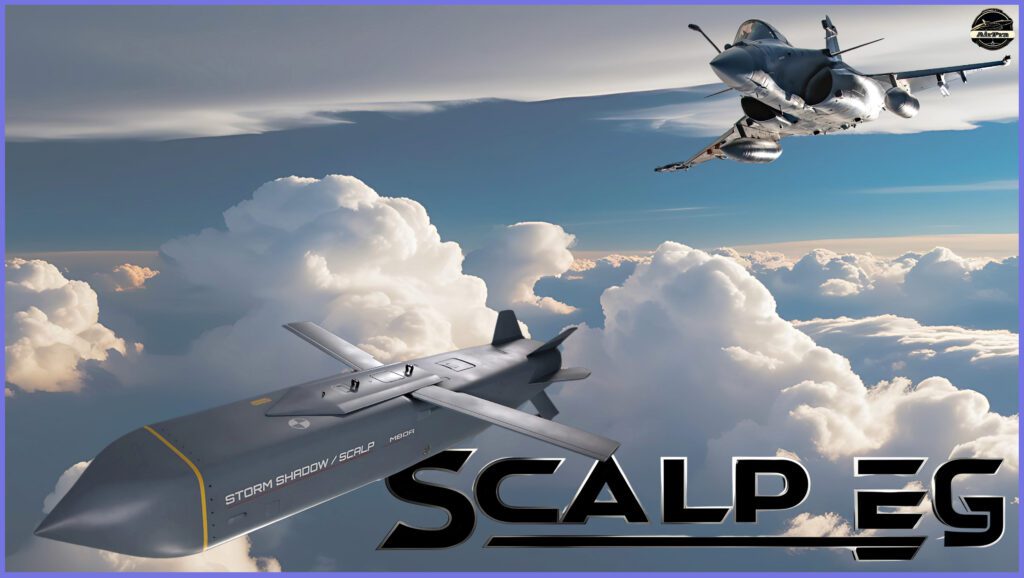
The F3R standard introduced enhanced weapon systems, improved sensors, and network-centric capabilities, making the Rafale a formidable multirole fighter.
Building upon this, the F5 variant takes the jet to an entirely new dimension with next-generation avionics, expanded payload capacity, and advanced combat networking for seamless integration in future battlefields.
Meanwhile, the Naval Rafale M extends this supremacy to the seas, proving its mettle as a carrier-borne fighter capable of operating in the harshest maritime conditions. Together, these advancements demonstrate how the Rafale has evolved into a symbol of dominance, ensuring unmatched superiority in both the skies and at sea.
Dassault Rafale: France’s Ultimate War Machine Dominating the Skies with Unmatched Firepower
Let’s unveil the latest advancements of one of France’s most fearsome war machines—the Dassault Rafale. Inspired by the concept of a “gust of wind,” this aerial predator dominates the skies with unrivalled supremacy.
In a military sense, however, its name translates to a “burst of fire,” a fitting title for a fighter jet engineered to unleash destruction on the battlefield.
Armed with some of the most lethal weapons in modern warfare, including the Storm Shadow/SCALP, Hammer, Meteor, and MICA missiles, the Rafale stands as a force to be reckoned with, striking fear into anyone who dares to challenge its might.
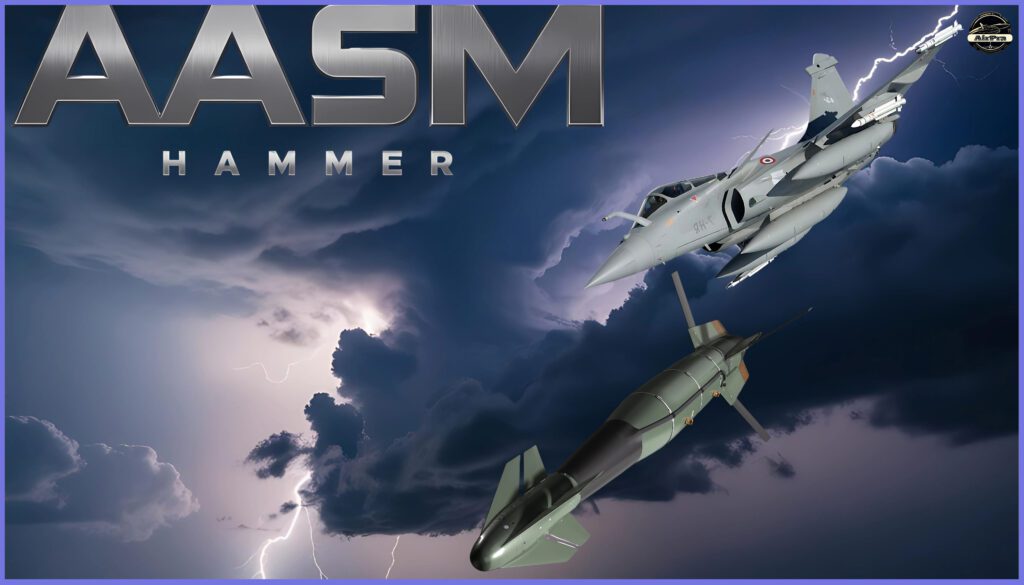
Moreover, if you want to explore extreme weapons and military jets with a blend of information and entertainment, check out my YouTube channel, AirPra, where I’ve created in-depth videos on the Rafale’s formidable armaments.
The best way to stay connected and never miss our thrilling content is by subscribing to the AirPra channel.
The Development of the Dassault Rafale
In the late 1970s, both the French Air Force and Navy sought to modernise and unify their aircraft fleets, replacing older models such as the Jaguar, Mirage 2000, and Mirage F1 used by the Air Force, along with the Étendard, which was operated by French Naval Aviation.
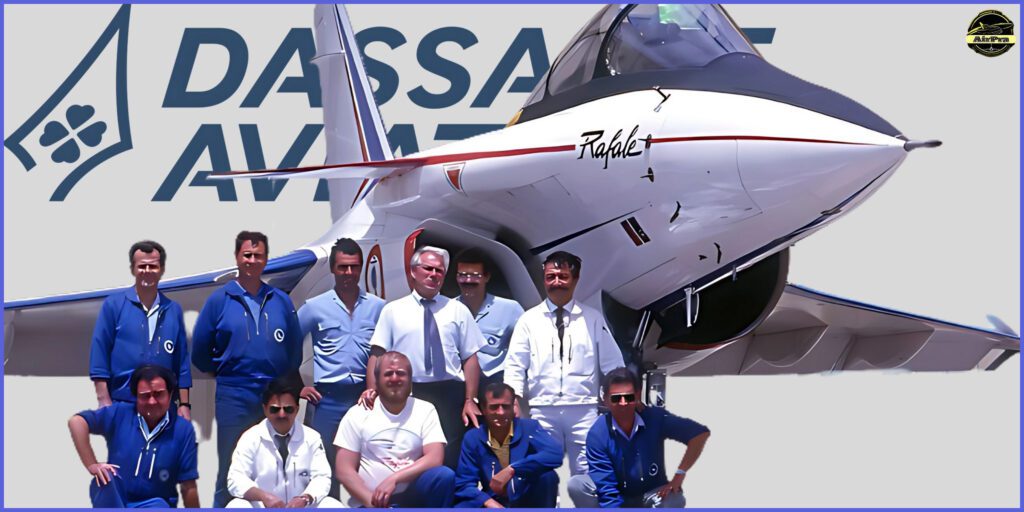
In an effort to reduce development costs and expand potential sales, France initially partnered with the UK, Germany, Italy, and Spain to develop a versatile, multi-role fighter aircraft, originally named the “Future European Fighter Aircraft” and now known as the Eurofighter Typhoon.
However, disagreements over work distribution and differing national requirements eventually prompted France to pursue its own independent fighter development program.
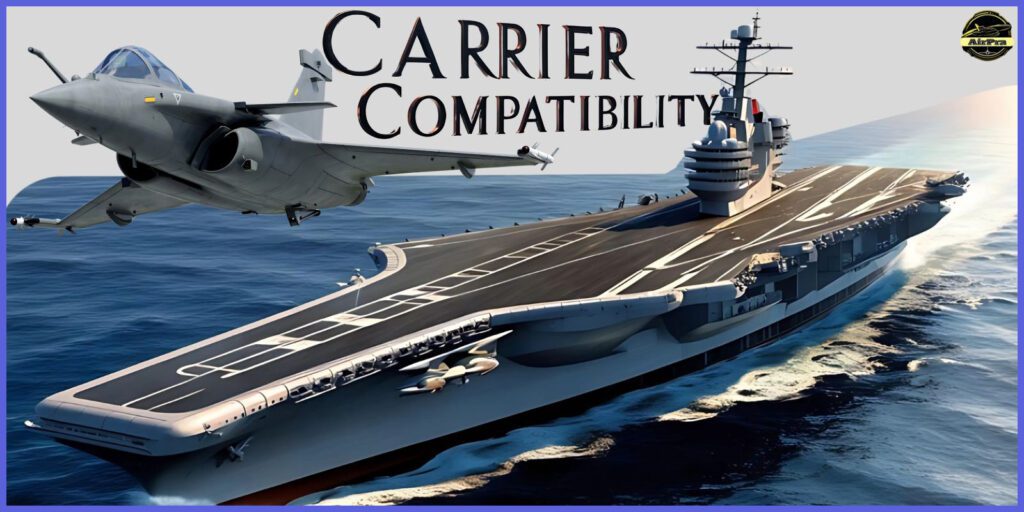
French authorities aimed to develop a lightweight, versatile fighter that could serve both air force and naval needs while appealing to international buyers. This approach differed from the British preference for a heavier, long-range interceptor.
The French Ministry of Defence sought a multirole aircraft capable of executing air-to-air and air-to-ground missions, operating effectively day or night in challenging weather, and remaining fully compatible with aircraft carrier operations for the Navy.
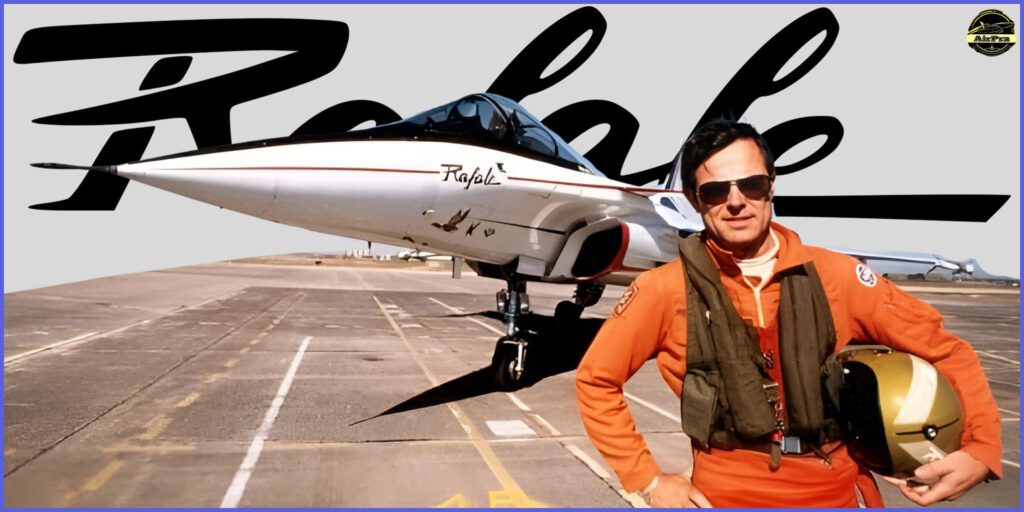
Construction of the Rafale A, which evolved from the 1980s ACX (Avion de Combat Expérimental) program, began in 1984. The aircraft was unveiled in December 1985 at Saint-Cloud and completed its maiden flight on 4 July 1986 from Dassault’s test facility in Istres, southern France, with Guy Mitaux-Maurouard at the controls.
During this one-hour flight, the Rafale A reached an altitude of 11,000 meters (36,000 feet) and a speed of Mach 1.3. Notably, the Rafale A technology demonstrator remained operational until January 1994, having completed 867 sorties before its retirement.
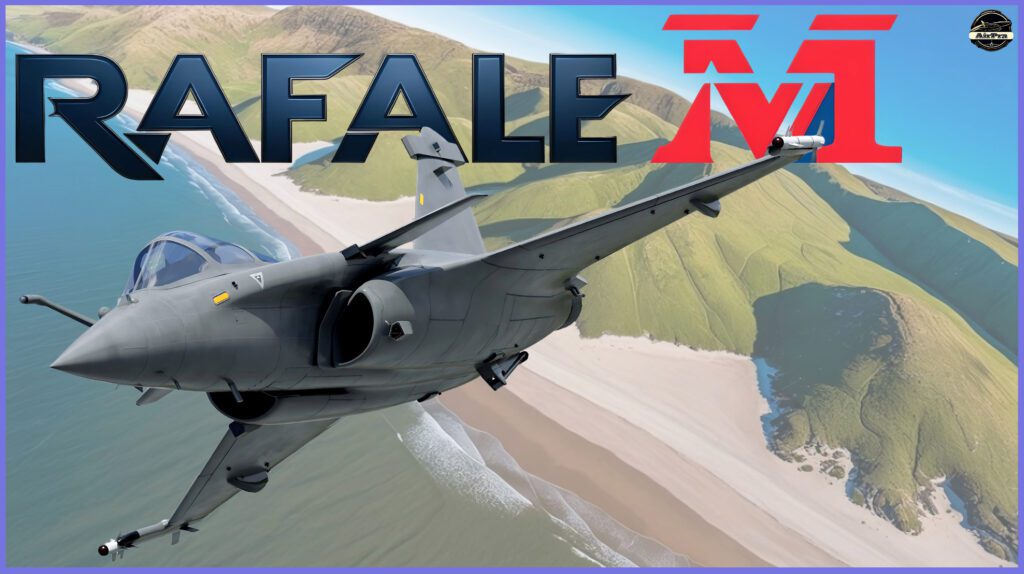
The success of these demonstration programs boosted confidence in the feasibility of a full-scale Rafale development within both the French government and aerospace industry. In June 1987, French Prime Minister Jacques Chirac confirmed that the project would move forward.
Subsequently, on 21 April 1988, a contract was signed for four pre-production aircraft—comprising one Rafale C, two Rafale Ms, and one Rafale B—to undergo testing and validation.
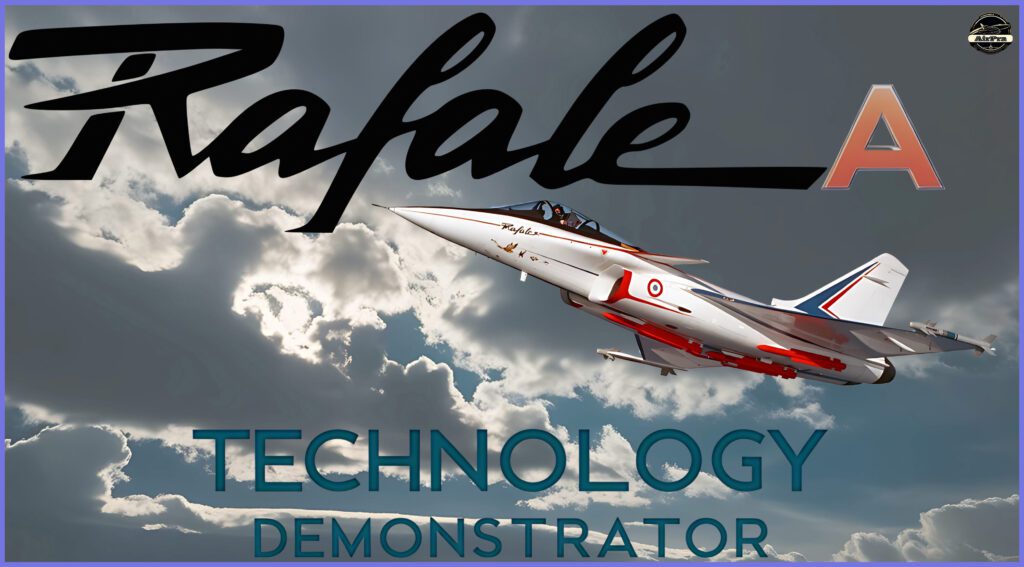
Dimensions and Structural Details
The Rafale is a cutting-edge fighter jet engineered for extreme agility and performance. Its airframe is deliberately designed to be aerodynamically unstable, allowing for unmatched manoeuvrability, while digital fly-by-wire controls maintain stability and precise handling.
Measuring 15.27 meters (50.1 feet) in length with a wingspan of 10.90 meters (35.8 feet), the aircraft is optimised for superior aerodynamic efficiency, making it highly responsive in both high-speed and low-speed flight regimes.
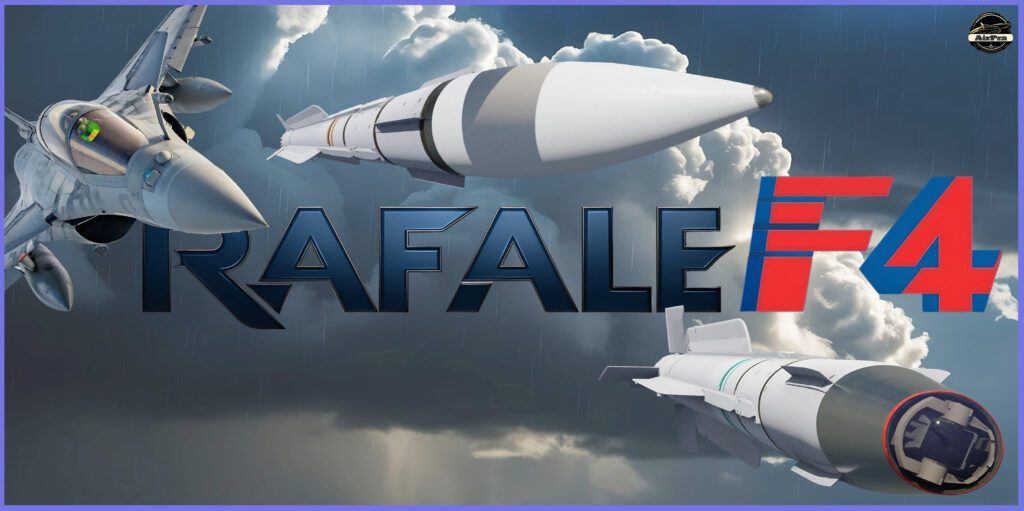
Its relatively compact height of 5.34 meters (17.5 feet) makes it well-suited for storage on aircraft carriers, and the 45.7-square-meter (492-square-foot) wings provide excellent lift and manoeuvring capability.
With a maximum takeoff weight of 24,500 kilograms (54,013 pounds), the Rafale strikes a careful balance between speed, agility, and operational versatility, enabling it to excel across a wide range of missions from air superiority to precision ground strikes.
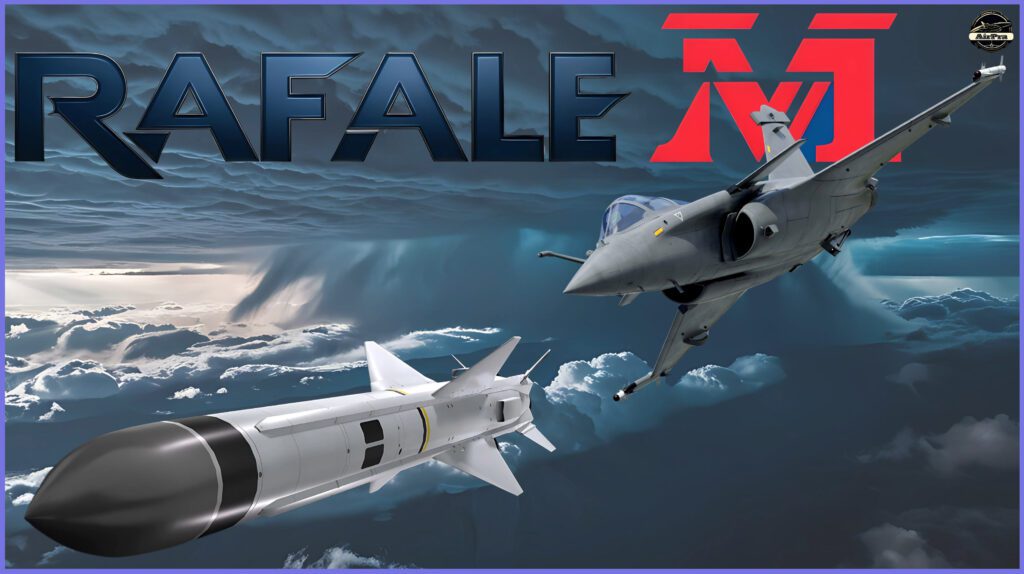
Precision Engineering: The Cutting-Edge Technologies Behind the Dassault Rafale‘s Success
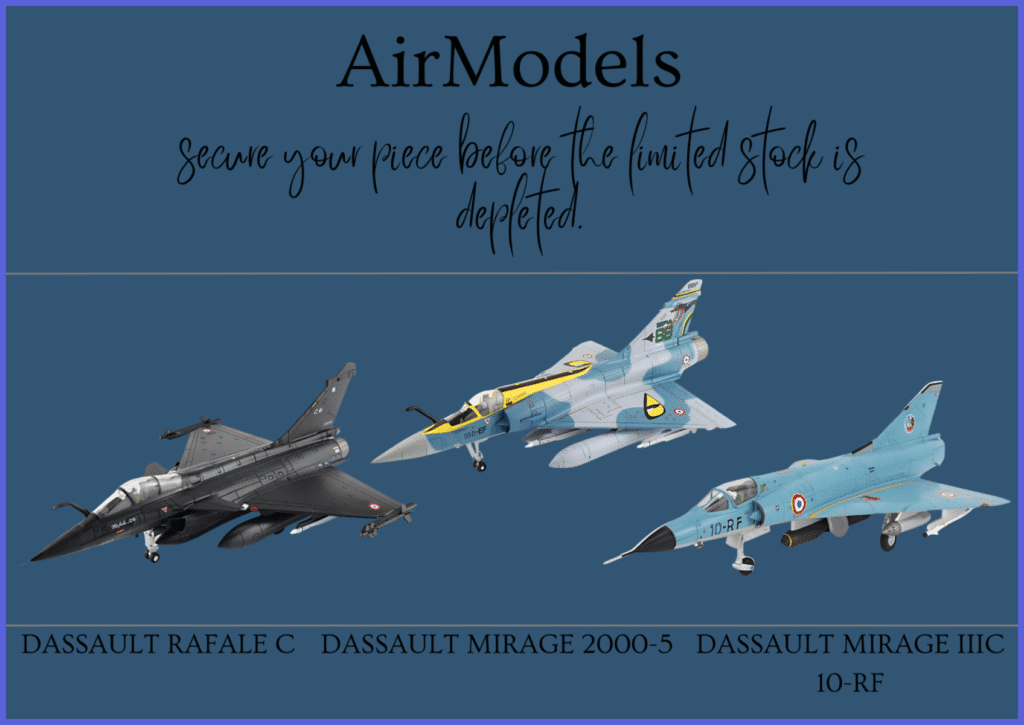
Aerodynamic Design and Composite Materials
The Rafale features a delta wing with a canard configuration and serrated patterns, providing exceptional agility, stability, and control across all flight envelopes.
The extensive use of composite materials—up to 70%—reduces weight and is designed to lower the radar cross-section (RCS) and infrared signature. The aircraft can withstand forces from −3.6 g to 9 g, with a maximum of 11 g in emergencies.
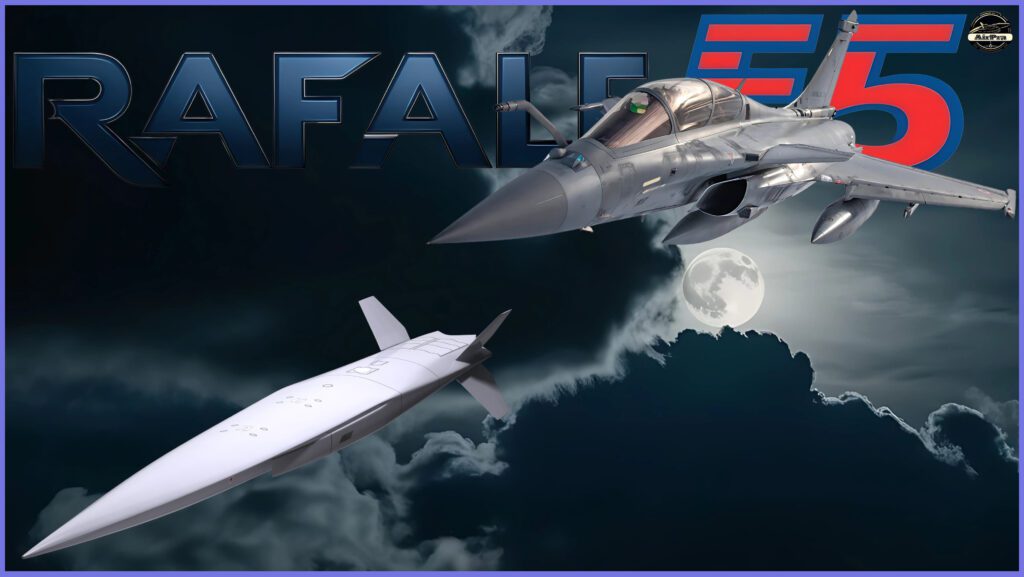
Advanced Avionics and Sensor Suite
Equipped with the Thales RBE2-AA Active Electronically Scanned Array (AESA) radar, the Rafale has enhanced detection, tracking, and targeting capabilities, even in high-threat environments.
The Front Sector Optronics (FSO) system, which includes an Infrared Search and Track (IRST) sensor, allows for passive detection and tracking of airborne and surface targets without emitting detectable radar signals.
The SPECTRA electronic warfare system provides advanced threat detection, jamming, and countermeasure capabilities, significantly increasing its combat survivability.
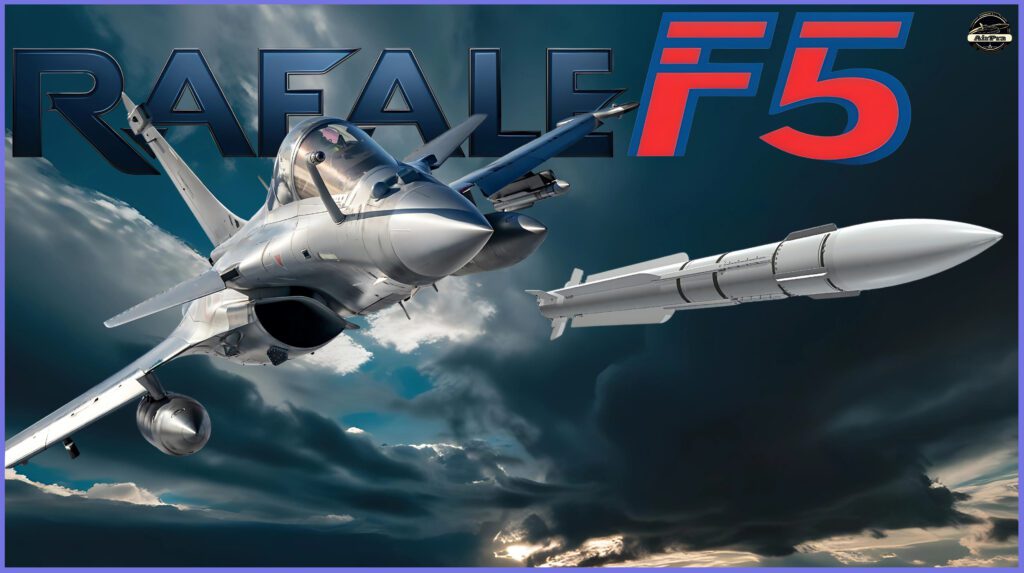
Integrated Weapon Systems
The Rafale features a highly flexible weapons system that allows it to deploy a diverse array of armaments. For long-range aerial combat, it can carry the Meteor missile, while the MICA serves medium- to short-range engagements.
Ground attack capabilities are provided by precision-guided munitions such as the SCALP-EG cruise missile and the AASM Hammer bomb. The aircraft can also perform maritime strike missions using the AM39 Exocet anti-ship missile and is capable of delivering nuclear strikes when equipped with ASMP-A missiles.
This extensive arsenal enables the Rafale to perform air superiority, precision ground attacks, maritime operations, and strategic deterrence missions with remarkable efficiency.
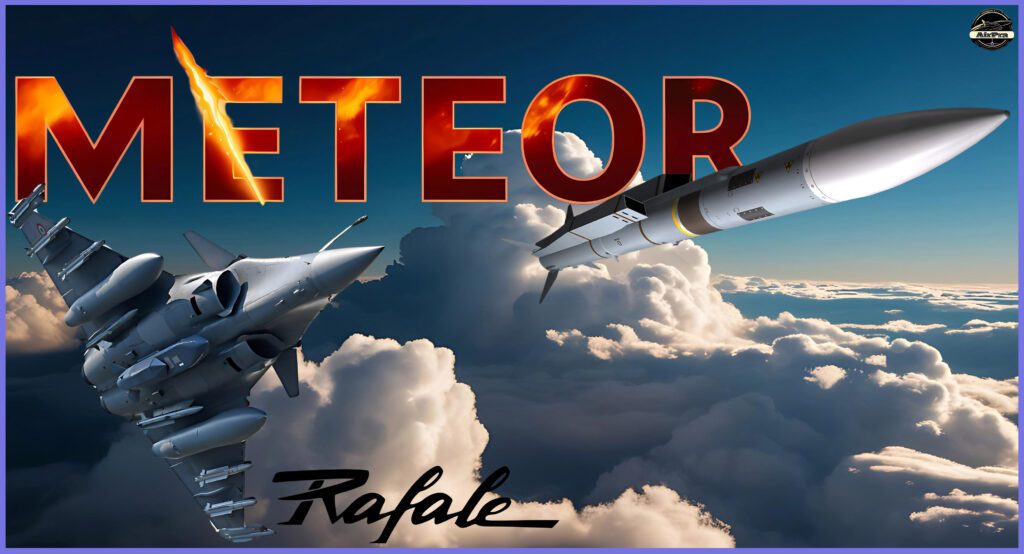
Data Fusion and Network-Centric Warfare
One of the Rafale’s most significant advantages is its ability to integrate data from multiple sensors and sources, providing the pilot with a comprehensive situational awareness. This capability enhances decision-making and mission effectiveness in complex battle environments.
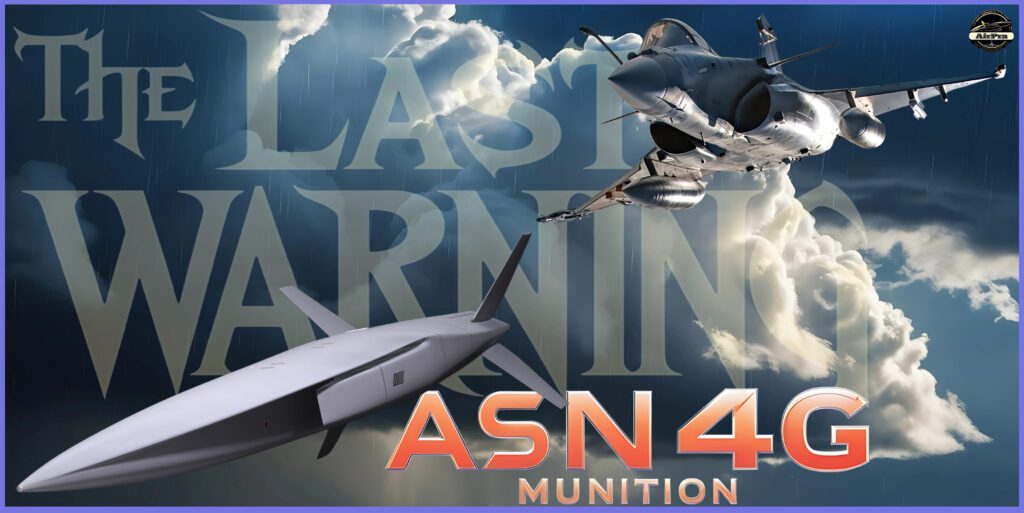
Cockpit: The Rafale’s cockpit is engineered to provide pilots with exceptional situational awareness and operational efficiency.
It incorporates a modern glass cockpit with three multi-function displays (MFDs), a wide-angle holographic head-up display (HUD), and a Hands-On Throttle-And-Stick (HOTAS) system for intuitive control.
An advanced head-mounted display (HMD) allows pilots to aim and release weapons, such as MICA missiles, simply by directing their line of sight. The cockpit is also fully compatible with night vision goggles (NVG) for low-light operations.
For pilot safety, the aircraft is fitted with the Martin-Baker Mark 16F “zero-zero” ejection seat, providing rapid and reliable escape during emergencies.
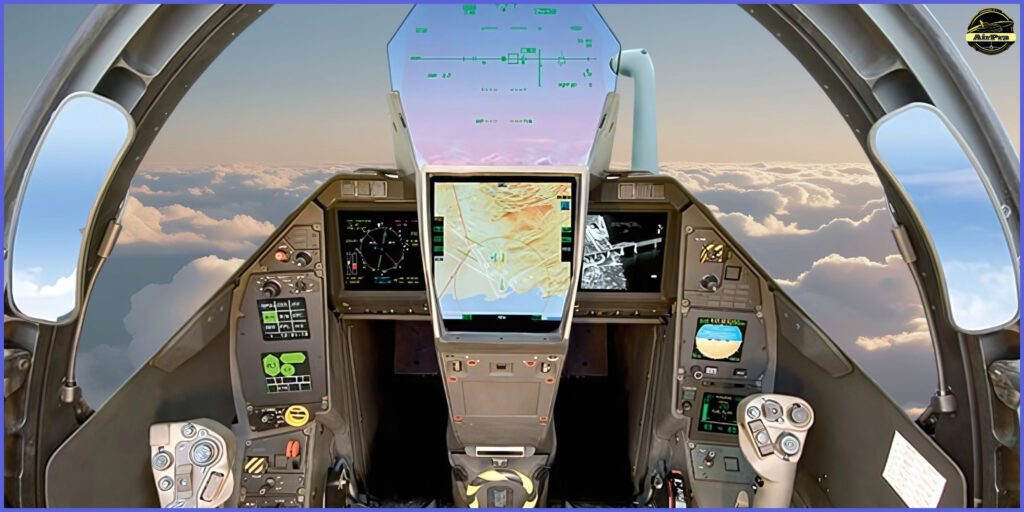
Superior Engine Performance: The twin-engine configuration, powered by Snecma M88-4E turbofan engines, provides an excellent thrust-to-weight ratio, fuel efficiency, and reliability, delivering 50.04 kN (11,250 lbf) of thrust each when dry and 75 kN (17,000 lbf) with afterburner.
These engines enable supercruise, allowing the Rafale to sustain supersonic speeds without afterburners, reducing fuel consumption and enhancing operational range.
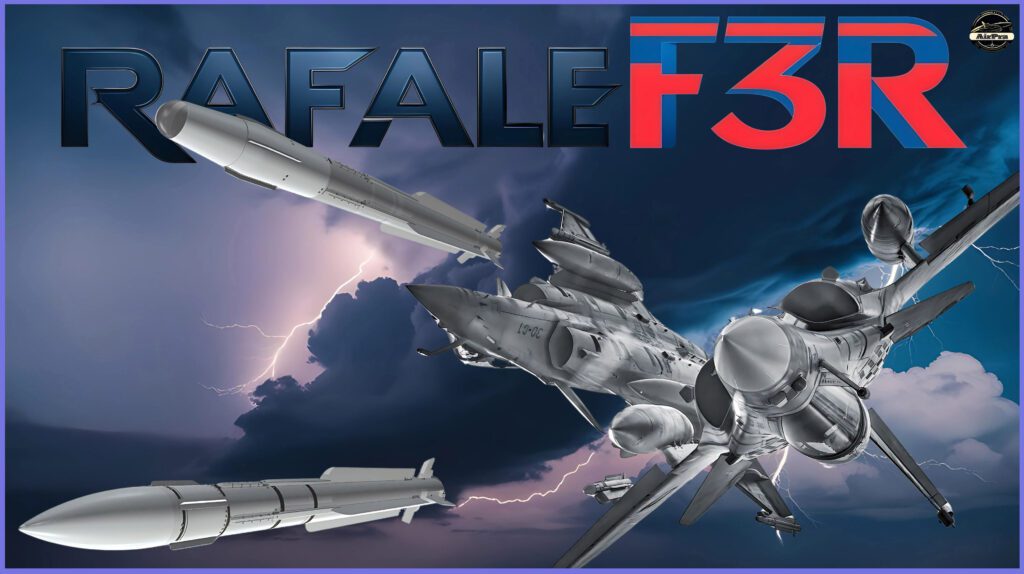
Rafale F3R: This upgraded variant of the Rafale F3 incorporates several advanced systems, including the Meteor beyond-visual-range air-to-air missile (BVRAAM), an enhanced RBE2 AESA radar, and the TALIOS targeting pod.
The SPECTRA electronic warfare (EW) suite has also been improved, along with upgrades to avionics, sensor fusion, and communications, making the F3R a more capable and versatile multirole fighter.

Rafale F4: The Rafale F4 standard introduces significant advancements in connectivity, sensor fusion, and AI-assisted systems. It upgrades the RBE2 AESA radar and SPECTRA electronic warfare suite, enhancing detection of stealth targets.
The addition of the Thales SCORPION helmet-mounted display (HMDS) improves pilot situational awareness, while the platform supports new weaponry such as the HAMMER 1000 and MICA NG missiles.
The F4 also benefits from enhanced engine performance and advanced maintenance diagnostics, further increasing its operational efficiency and combat capability.

Rafale F5: The upcoming Rafale F5 standard is set to feature next-generation sensors, the RBE2 XG radar, AI-driven automation, and advanced network-centric warfare capabilities, along with upgraded electronic warfare systems.
It will be powered by more robust engines to support its sophisticated avionics and enhanced stealth characteristics. The F5 is also expected to coordinate with unmanned wingman drones and remote carriers for advanced mission flexibility.
Additionally, it will be capable of carrying the ASN4G, a scramjet-powered hypersonic missile currently being developed by MBDA for nuclear deterrence operations.

Naval Rafale M: The naval version of the Rafale is purpose-built for carrier operations, featuring a reinforced airframe, strengthened landing gear, an arrestor hook, and carrier-compatible avionics to handle the rigours of catapult launches and arrested landings.
While maintaining the multirole combat capabilities of its land-based counterparts, the Rafale M is optimised for CATOBAR (Catapult Assisted Take-Off But Arrested Recovery) aircraft carriers, including France’s Charles de Gaulle and future carrier platforms, ensuring exceptional performance in maritime combat missions.
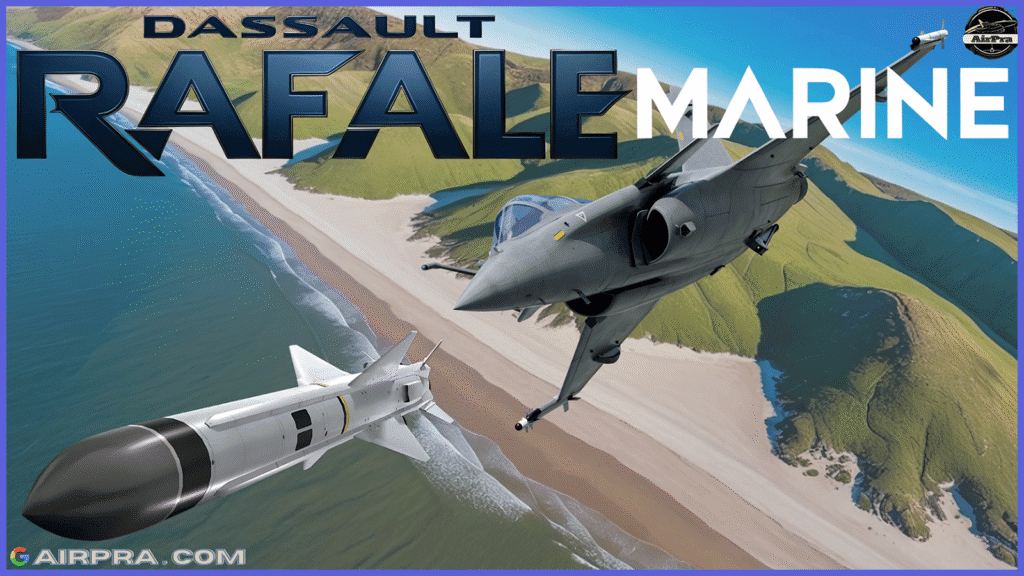
The Rafale F4 and F5 variants are set to redefine air superiority and operational versatility, incorporating cutting-edge avionics, advanced weapon systems, and AI-enhanced technologies.
Engineered to assert dominance in the skies, the Rafale is poised to remain a highly capable and formidable multirole fighter well into the 2040s and beyond.
A Quick Note to Our Readers
Some information in our articles may evolve. For the most accurate and up-to-date details, we recommend consulting other reliable sources.
Our goal is to provide you with trusted insights on military systems and global developments. By supporting us through affiliate links, you help us continue our work while gaining access to quality products.
We value your feedback. If there’s a particular topic or defence system you’d like us to explore, share your thoughts in the comments, and we’ll do our best to cover it.
Thank you for being part of our journey. We truly appreciate your time and interest—happy reading!
